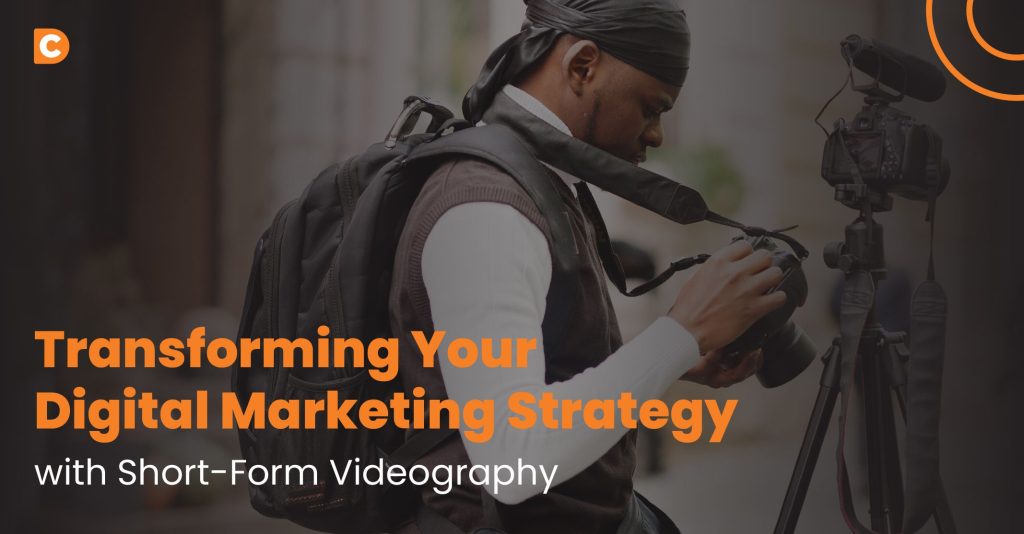Because of the over-saturated business world we live in – there is little room left for innovative products and services, and so finding new ways to stand out as a company is becoming more and more reliant on the method of marketing instead of the actual product or service itself.
This is not to say that each marketing method is innovative, but rather the marketing mix used can be, whether it be an unusual combination or a unique approach for a specific industry.
Look, everybody loves a good video. It’s entertaining, the consumer doesn’t have to read anything, and it’s an experience of the brand, product or service. Yes, ‘real-life’ videos are exceptional at engulfing your consumer in your brand and thus creating a connection, but another valuable video method is animation.
When you read the word, ‘animation’, did your mind suddenly remember a specific one?
Well, that’s exactly what animation does, it leaves a lasting memory in the consumer’s mind of your brand, and by building a brand persona, a connection through resonation is established. So, both videos create a connection, but differently.
Video marketing involves incorporating videos into your digital marketing campaigns to promote your company, drive sales, raise awareness of your products or services, or engage your customers. Video marketing not only helps you connect with your audience but boosts information retention as well, meaning more people will remember your brand.
If you create an animation from scratch, nobody will have your characters, nor will any brand’s animation look similar. You see, with real-life videos, we have all seen what is in that video before, simply by being alive, which is why it resonates with consumers and creates this emotional connection. An incredible example is the Mercedes advert on Chapman’s Peak; it leaves you with this feeling of ‘I’ve been there, I can understand how that would happen, I know how steep that cliff is’ or something along those lines – whether it be conscious or subconscious. Because of those thoughts, by the end of the advert, you are convinced that Mercedes is an incredibly safe car. The consumer has experienced Mercedes without even getting into one.
On the other hand, is animation. Three words – Vodacom Meerkat Advert. An advert that exploded so much it became a ringtone. Why could it create a ringtone without even saying Vodacom, yet still promoting it? Because the consumer was aware that it was Vodacom and only Vodacom. It resonated with children, teenagers and adults. It was unique, it created a fun, energetic and comedic persona for Vodacom – one that will not be forgotten, so much so that I can even remember the company colour at the time.
In short, animation builds a brand persona that people remember and resonate with. ‘Real-life’ video immerses the consumer into the brand, giving them an experience, and thus also creating a resonation, but in a different way. A brand as a whole could be introduced using an animation, while a ‘real-life’ video is a useful tool for showing the offerings of a brand.
Both are used for differentiation, but in different ways – thus, by strategically employing both, an innovative introduction to the brand and product is brought to the consumer, making them see your view of your brand and product, and why it is different even though it is something that already exists—a reason to choose you as a whole, not just a single product. A mix of both creates brand loyalty.




